
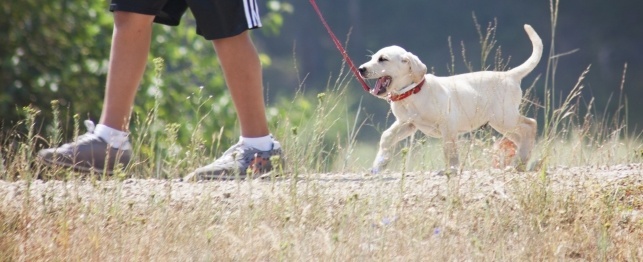
Dogs
Even the youngest new puppy can learn to "sit," "lie down," "stay" and "come" when asked. But looking at your innocent new puppy, it's hard to imagine that training would be necessary at all. Of course, it always is. During training, we should view our pets as companions who both understand and respond to us. Training should be considered as a means of teaching pets good manners so that, as our puppies mature into adult dogs, they'll be welcome both in our homes and outdoors in public. For practical purposes, training should be initiated as early as possible.
Puppies learn best when they receive exciting rewards for their efforts. Even the youngest and tiniest puppy will be enthusiastic about food treats and will be eager to work with you. Experiment to find your puppy's favorite reward, whether it's food, a tossed toy or a warm word of praise. Only positive, gentle methods should be used – punishment is likely to harm your puppy's confidence and has no place in good training. Puppies, like children and even adult humans, learn best when they enjoy the learning process and receive something in return. In the home or in the park, differences are usually very obvious between reward-trained dogs and those trained by force.
Training should utilize word cues – "commands" – that will be of practical use to you as your pup's human companion. The most helpful tools are "sit," "lay down," "stay" and "come." It's also important to teach your puppy to walk on a leash without tugging. If you have intentions of enrolling your dog in obedience competition, you will need to train a formal "heel" but this can wait until your puppy is older. For future obedience competition candidates, enrolling your pup in a puppy training class is highly advisable.
The most effective teaching method, using "sit" as an example, is to allow your puppy to engage in the behavior on her own rather than pushing her into position. Small bits of food (even your puppy's regular kibble) can be used as a "lure" after offering a few "free" pieces first. With food in hand, present your hand to the puppy's nose and then slowly raise it toward the top of her head, so that her mouth and head are directed upward. In most cases, when the nose points up, the tail end goes down and your puppy's sitting! The food should then immediately be relinquished and the exercise repeated.
Lures can be used effectively to train "down" by having your puppy sit facing you, then drawing the lure from her nose to the floor and then back toward you. When your puppy's sitting or lying down reliably each time you offer the lure, you can introduce the words – sit or down – along with the lure.
Finally, when she's responding like a pro, the rewards should be cut back and given only every other time, then every third time and, finally, only randomly.
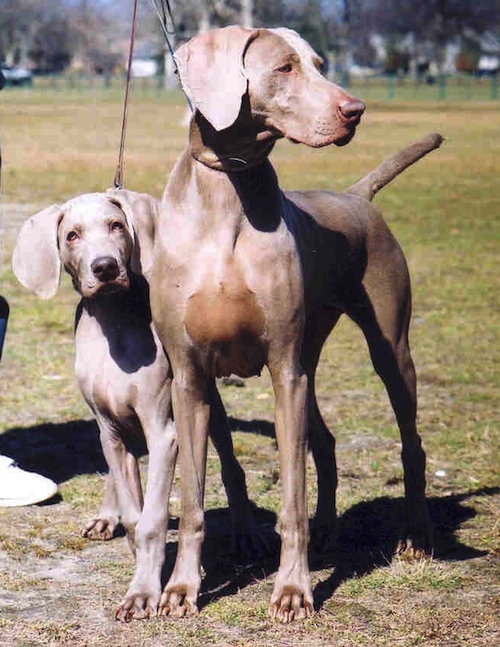 Life With Weimaraners: Tips from a Breeder
Carole Lee Richards got her first W
Life With Weimaraners: Tips from a Breeder
Carole Lee Richards got her first W
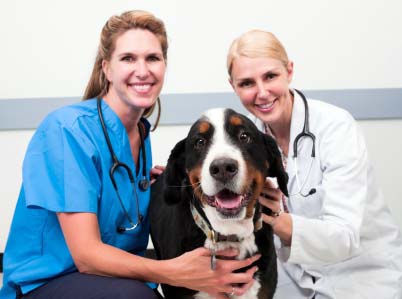 How to Care For Emergencies and First Aid
Even the best-cared-for dog may bec
How to Care For Emergencies and First Aid
Even the best-cared-for dog may bec
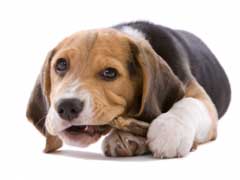 Kidney Failure in Dogs Diet
Identi
Kidney Failure in Dogs Diet
Identi
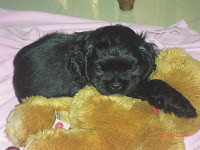 Dog Wellness - People Things To Avoid
While we dog lovers have hearts three time the normal siz
Dog Wellness - People Things To Avoid
While we dog lovers have hearts three time the normal siz
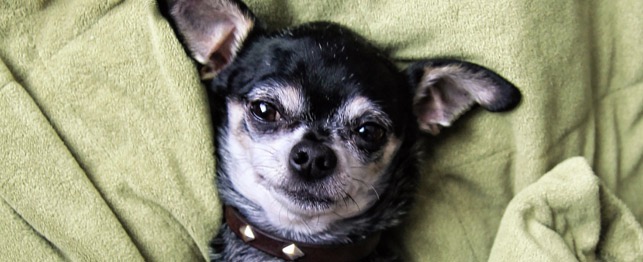 Dogs and Mental Health - What You Need to Know
Dogs and Mental Health - What You Need to Kno
Dogs and Mental Health - What You Need to Know
Dogs and Mental Health - What You Need to Kno
Copyright © 2005-2016 Pet Information All Rights Reserved
Contact us: www162date@outlook.com